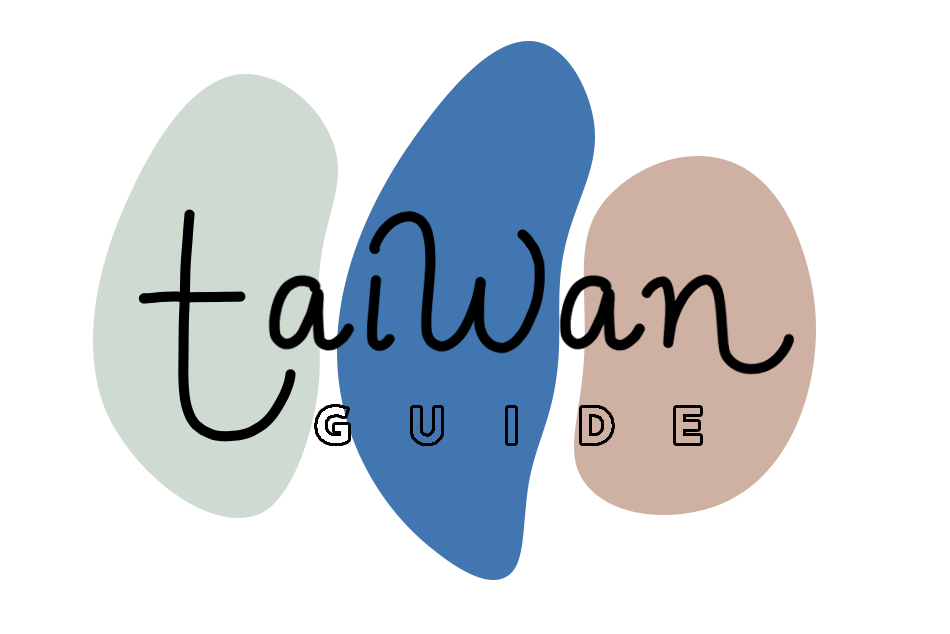CENTRAL | 中部
Central Taiwan is the heart of Taiwan. It’s home to the second biggest city in Taiwan, Taichung, but also to sleepier, more rural parts of Taiwan. There’s ample farmland that cultivates the rich produce that is a source of pride for Taiwan, and there are beautiful mountains offering temperate climate for outdoor activities. It’s a bit more local here, more traditional, more in touch with Taiwanese culture than in conversation with the rest of the world. Central Taiwan is actually also western Taiwan, encompassing Taichung, Nantou, Miaoli, Changhua and Yunlin. While many may skip over (or drive straight through) a lot of this region, there has been a renewed interest among local travelers seeking a more low key escape from the bustle just north. With the HSR from Taipei, you can get to Miaoli or Taichung in 45 minutes and Changhua in an hour, but it feels like an entirely different world.
Taichung is the second biggest city in Taiwan. Despite it’s name 台中, which translates to the middle of Taiwan, it’s actually on the western coast. The Japanese influence over the city is particularly visible, from historic sites to the “chessboard” city plan. The mild climate, spacious urban design and dining scene make it a popular city for Taiwanese visitors. For tourists, it’s an easy way to explore the beautiful natural attractions in central Taiwan. The city itself is home to many different cultural institutions, including the National Museum of Fine Arts and the National Museum of Natural Science. Taichung also has the famous Fengjia Night Market, the largest night market in Taiwan.
Located on the western coast between Hsinchu to the north and Taichung to the south, Miaoli is a quiet county that is not a huge draw for international tourists, but is a consistently popular getaway for local tourists who come for the scenic natural attractions, Hakka cuisine and hot springs. Spring is the most popular season, when the tung blossoms overtake the mountains.
Nantou is in the actual center of Taiwan, the only county that doesn’t have any border along the coast. The mountainous county is full of natural wonders from the tallest mountain in Taiwan, Yushan, to the biggest lake in Taiwan, Sun Moon Lake. The scenic landscapes and picturesque little towns make it a very popular tourist destination and despite being very rural, is easily accessible with tour buses and shuttles. The county is known for farming and agriculture, as well as the high mountain teas, many of which are tourist attractions in themselves.
Insulated from Taichung, Nantou and Yunlin by mountains, Changhua was one of the first areas developed in Taiwan and steeped in history with top attractions being a Great Buddha statue atop Bagua Mountain and the oldest Confucian temple in Taiwan. Most visitors go straight to Lukang township, a port town with a popular temples and “old streets” with many specialty small eats. Changhua is particularly known for ba wan, Taiwanese meat balls (which are really more of a dumpling than a meat ball).
Located right north of Chiayi, Yunlin is bordered by rivers on the north and south and the Taiwan Strait to the west. The county is very rural and agricultural, with flat plains and fertile land churning out some of the best produce in Taiwan. Every little township takes pride in their own specialties from coffee in Gukeng to soy sauce in Xiluo to peanuts in Beigang. There aren’t many tourist attractions here, but Taiwanese people come here to appreciate the simple life, the purest Taiwanese culture preserved in a nostalgic way.


